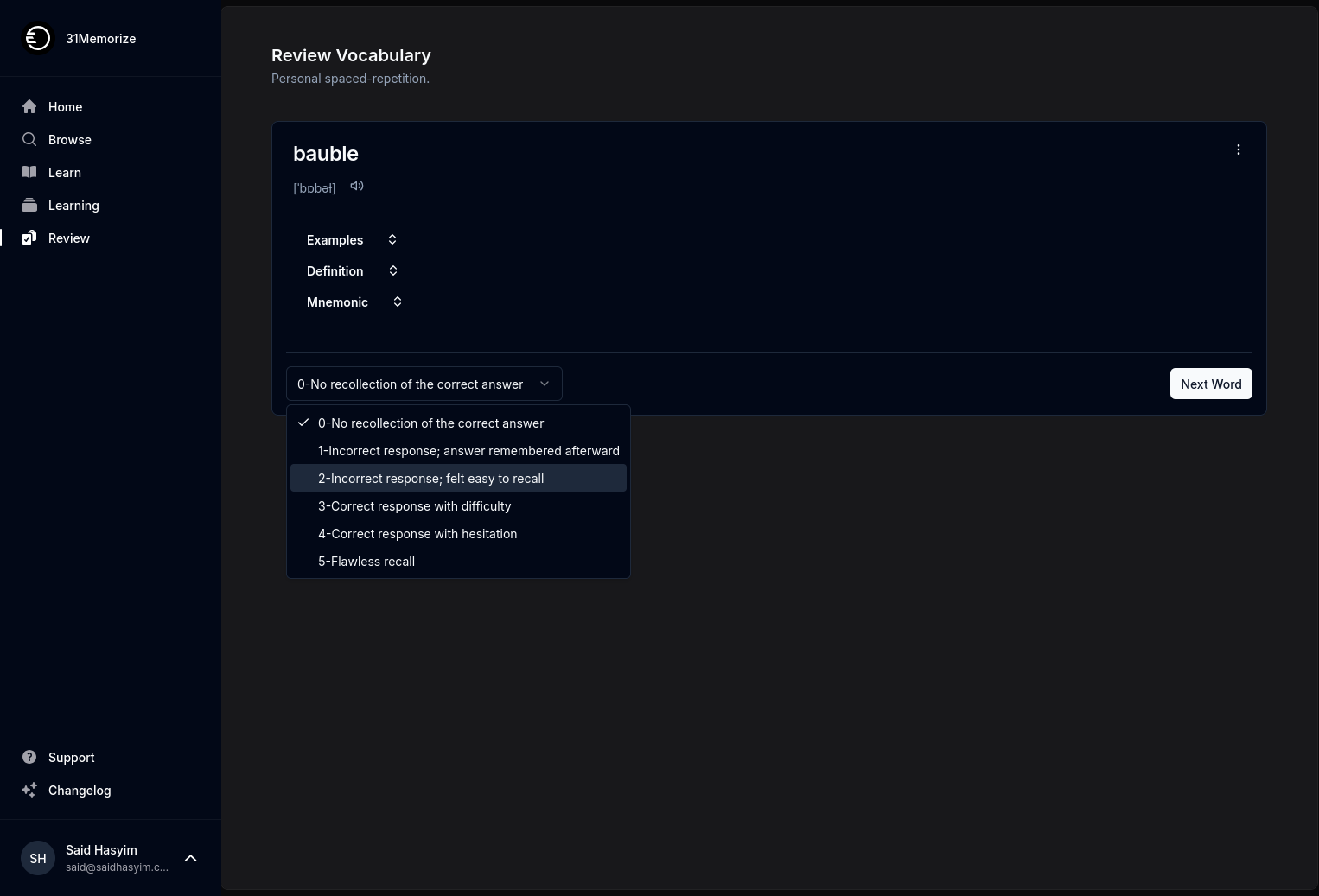Benefits of Monitoring Book Ratings
In the digital age, where information flows at an unprecedented rate, readers hold tremendous power when it comes to choosing what to read. With countless books at our fingertips, monitoring book ratings has become not just a casual activity but a valuable practice. For avid readers, authors, publishers, and even booksellers, understanding book ratings can reveal crucial insights and trends in literature. This blog post delves into the myriad benefits of keeping an eye on book ratings and how it can enhance everyone’s reading experience.
Understanding Book Ratings
Book ratings serve as a metric to evaluate a book's quality, popularity, and reader reception. These ratings typically stem from reviews and rankings on various platforms, such as bookstores, online retailers, and social media. The scores often reflect readers' opinions based on various factors, including plot, character development, writing style, and overall enjoyment.
1. Informed Reading Choices
For readers, monitoring book ratings helps in making informed decisions when selecting their next read. With a wealth of choices available, understanding the ratings can help distinguish between the highly acclaimed literary gems and less favorable options. By following book ratings, readers can save time and avoid the frustration of picking up a lackluster book. Insightful reviews often accompany ratings, providing context and helping readers identify whether a particular book aligns with their interests.
2. Staying Trendy
Book trends often fluctuate, but they can suggest something deeper about the cultural climate at any given time. By monitoring book ratings, readers can stay ahead of the curve and immerse themselves in new genres, themes, or topics that are gaining popularity. For instance, if dystopian literature is receiving high ratings, it might indicate a general societal interest in themes of resilience and survival. By engaging with trending books, readers can enrich their conversations and share experiences with others in literary circles.
3. Discovering Hidden Gems
Not every noteworthy book breaks through mainstream popularity. Many authors, especially debut writers or those from marginalized backgrounds, might struggle for recognition despite their exceptional talent. Monitoring ratings allows readers to discover these hidden gems that might otherwise fly under the radar. By seeking out books with solid ratings but fewer reviews, readers can enjoy discovering unique narratives and diverse perspectives they may have missed in a sea of bestseller lists.
4. Insight into Author Growth
For aspiring authors and literary enthusiasts, analyzing book ratings can provide insight into an author's growth over time. A quick look at an author’s earlier works compared to their more recent publications may reveal the evolution in writing style, themes, and character development. Higher ratings for newer releases might indicate that the author has honed their craft, while a dip in ratings could invite discussions around their artistic journey. This analysis can be particularly inspiring for writers looking to emulate their heroes or learn from their mistakes.
5. Community Engagement
Books are not just individual experiences; they are communal. Monitoring book ratings fosters a sense of community among readers. Online groups and local book clubs often select titles based on ratings, enabling engaging discussions and shared experiences. Readers can connect with others through platforms that facilitate discussions around ratings, swap recommendations, and even debate the merits of popular versus unpopular books. This cultivated community spirit enriches the reading experience, highlighting the social aspect of literature.
6. Market Trends for Authors and Publishers
Authors and publishers also stand to gain from understanding book ratings. High ratings often translate to better visibility and increased sales, which can influence marketing strategies. By keeping an eye on which genres and themes are trending, authors can identify gaps in the market and tailor their writing accordingly. Moreover, engaging with reader reviews can provide valuable feedback, enabling authors to understand audience expectations and improve their future works.
7. Bridging the Gap between Readers and Publishers
Readers seeking interaction with publishers can utilize book ratings as a medium to express their preferences and expectations. High ratings for specific genres or styles can signal to publishers which types of books should be prioritized. In this way, monitoring ratings can help bridge the gap between the demand for certain content and what publishers choose to promote. Consequently, it fosters a literary landscape that is more in tune with reader desires.
8. Building Critical Thinking Skills
Finally, monitoring book ratings encourages readers to develop their critical thinking skills. Engaging with various reviews and ratings prompts readers to reflect on their own preferences and articulate their thoughts on different books. Readers begin to question what constitutes a “good” book and learn to define their tastes more effectively. This critical engagement ultimately enhances their reading experience, making it more thoughtful and fulfilling.
Conclusion
In summary, monitoring book ratings offers numerous benefits for readers, authors, and publishers alike. From making informed reading choices to fostering community engagement and bridging gaps in the literary world, the practice enriches the overall experience of literature. As the landscape of reading continues to evolve, embracing the power of book ratings can ultimately lead to more fulfilling and diverse reading experiences. So next time you finish a book, don’t forget to share your thoughts – you might just help guide someone else to their next favorite read!
